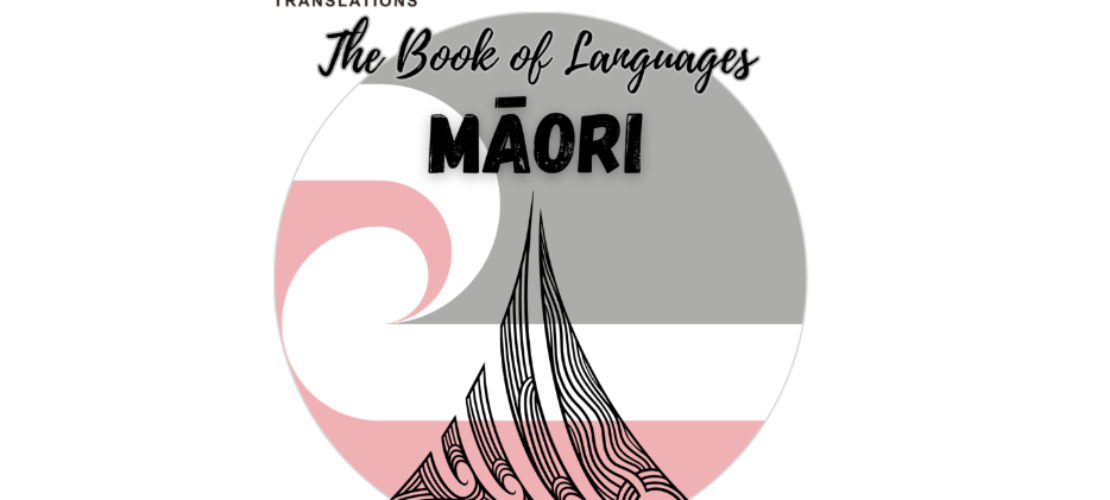编辑:Merry
以下是英国翻译家Julia Lovell的著作《鸦片战争》第二章 部分英中文对照
英文原著: 蓝诗玲(Julia Lovell)
中文翻译: 刘悦斌
《鸦片战争》共有19章,下面我们只截取第二章的一部分,并附上对应的刘悦斌的中文翻译:
Chapter Two
DAOGUANG’S DECISION
第二章 道光皇帝的决定
Once he took the throne in 1820, though, Daoguang’s nerve seems to have deserted him. Gaze at his official portrait – arrayed in the standard-issue bulky red turban, yellow brocade gown and beaded necklace of Qing emperorship – and he looks a different creature from his predecessors: the face pinched, angular, just a touch apprehensive, compared to his father’s expansive jowliness, or his grandfather’s patrician gravitas. He quickly abandoned displays of machismo for the laudable, but less charismatic virtues of parsimony and diligence. He draped his apartments with exhortations to ‘Be Respectful, Honest, Assiduous, Correcting of Errors’.1 On becoming emperor, he issued a cost-cutting ‘Treatise on Music, Women, Goods and Profit’, began going about in patched clothes and reduced his fun-loving father’s resident troupe of palace musicians and actors from some 650 to a more restrained 370-odd, while halving Jiaqing’s 400-strong army of cooks. As he aged, he left instructions that – contrary to custom – he modestly wanted no panegyric tablet erected at his tomb.
可是,到1820年继承皇位后,他似乎勇武尽失。仔细看一看他的朝服像–穿戴着清代皇帝标准的红色大皇冠、黄色锦缎长袍和朝珠–就会发现,看起来他是个与其祖父及父亲很不相同的人:就脸型和面部表情看,他的父亲下颚宽厚,他的祖父雍容华贵,而他则是五官紧凑,脸庞瘦削,显得有些忧伤。他很快就不再展示其阳刚之气,转而展示值得赞赏、但却缺乏魅力的节俭、勤勉的美德。他在自己的寝宫挂上“至敬、存诚、勤学、改过”以自警自诫。当皇帝后,他发布消减花费的《御制声色货利谕》,开始穿打补丁的衣服,把他喜爱寻欢作乐的父亲的宫廷戏班子从650人减少到370余人,把嘉庆帝400多人的厨师队伍削减了一半,年老后,留下与惯例相反的遗命,即不要在他的陵墓前树立歌功颂德的墓碑。
Daoguang’s two least successful attributes were probably indecision and a fondness for scapegoating others. A day or two after he had succeeded his father, he removed three key advisers for letting a mistake slip into his deceased father’s valedictory edict; a couple of days later, he reinstated two of them.2 He even changed his mind about a choice of final resting place. Having spent seven years building one tomb, the would-be underground palace sprang a leak; reading this as deeply inauspicious, Daoguang punished the officials responsible and abandoned the project in favour of a new site. By the time it was completed, after another four years, the ‘Hall of Eminent Favour’ – the only Qing imperial tomb built entirely of unpainted cedar-wood – spoke of the emperor’s love of frugality. (Compare the 2.27 million taels of silver – almost 3.5 million silver dollars – and 4,590 taels of gold spent by Cixi, the last empress, on her own tomb, in which even the bricks were carved and gilded.)3 This talent for vacillation – and for censuring and replacing any commander who did not achieve impossible victories – would serve him badly in his wars against opium and the British.
道光皇帝品性中最大的两个缺陷大概是优柔寡断和诿过他人。他继位刚一两天,就以他父亲的遗诏中有个错误而罢免了3个军机大臣(遗诏由军机大臣代拟。–译者),几天后又将其中两人官复原职。他甚至对他给自己选择的陵墓地点都改变主意,换过地方。他的陵墓在开工修建了7年后,将要安放他棺材的地宫出现了渗水,他认为这极为不祥,于是惩处了相关的官员,放弃了这个地点,另选了一处新址。之后又用了4年,建成了陵墓,其隆恩殿(清代帝后陵墓的大殿。–译者)体现出了这位皇帝对节俭的偏爱:它是清代皇陵中唯一一座完全不饰彩绘的楠木陵墓。(可与慈禧太后的陵墓作个比较:慈禧太后在她的陵墓上花费了2.27亿两白银,差不多合3500万银元和4590两黄金,甚至陵墓用的砖都雕刻镀金。)他这种犹豫不决的秉性,再加上对他认为作战不力的军队指挥官的指责和替换,就决定了查禁鸦片和对英战争不大可能取得胜利。
During the 1830s, there was much to occupy the mind of any emperor: a steep decline in public order, finances and – most worrying of all – in the Qing military machine, whose weaknesses were being exploited by a broad range of domestic rebels (vagrants, dispossessed ethnic minorities, secret societies).
19世纪30年代,谁当皇帝都会遇到一堆烦心事儿:社会秩序混乱,政府财政窘迫,特别令人揪心的是清朝的军队,此伏彼起的内乱(无业游民、少数民族、秘密会社)充分暴露了它的无能。
After recovering from the horrors of the seventeenth century – its wars, plagues and crop failures – the Chinese population under the remarkable Kangxi, Yongzheng and Qianlong at least doubled between 1650 and 1800, to reach some 300 million. New World silver flowed through the empire, thanks in part to a healthy export trade, the proliferation of an empire-wide network of markets and the emancipation of previously servile labourers. But size, diversity and silver turned against the Qing at the end of its eighteenth-century heyday. At this point, the empire was approaching its limits, as demographic explosion led to fierce competition for work and resources, ecological degradation, price rises, bureaucratic chaos and corruption. Critically, things also began to go wrong in the Qing military. By the second half of the eighteenth century, the Qing’s earlier capacity for dominating its borders was looking more questionable. Three invasions of Burma between 1766 and 1769 were defeated or stalemated, as Qing cavalry became bogged down along the humid south-western frontier; an occupation of Vietnam in 1788 was chased out within a month, with the loss of 4,000 troops. The root cause of decline was the same as in other spheres of government: over-extension, and failure of funds.
从17世纪战乱、瘟疫、庄稼歉收的恐慌中恢复过来后,从1650年到1800年,在康雍乾盛世时代,中国的人口至少翻了一番,达到大约3亿。新大陆的白银大量流入中华帝国,部分原因是由于中国出口贸易量的巨大,遍布全国的市场网络的迅速形成,和劳役的废除。到18世纪末,中国达到其全盛期,但是,国土面积的广袤、民族的众多和白银都对清王朝构成挑战。到这时,中华帝国已经发展到其极限,因为人口的爆炸导致了对工作机会和资源的激烈竞争,生态环境恶化,物价飞涨,吏治紊乱败坏。更严重的是,清朝的军队开始走下坡路。到18世纪后半叶,清朝前期控制边疆的能力越来越成问题。1766-1769年间对缅甸的三次征讨,或被打败,或没有取得进展,因为清朝骑兵在潮湿的西南边疆山林中难有用武之地。1788年对越南的占领则不到一个月就被赶了出来,还损失了4000人马。清朝衰败的根本原因和世界上其他国家衰败的原因是一样的,即过度的扩张和财政的困窘。

